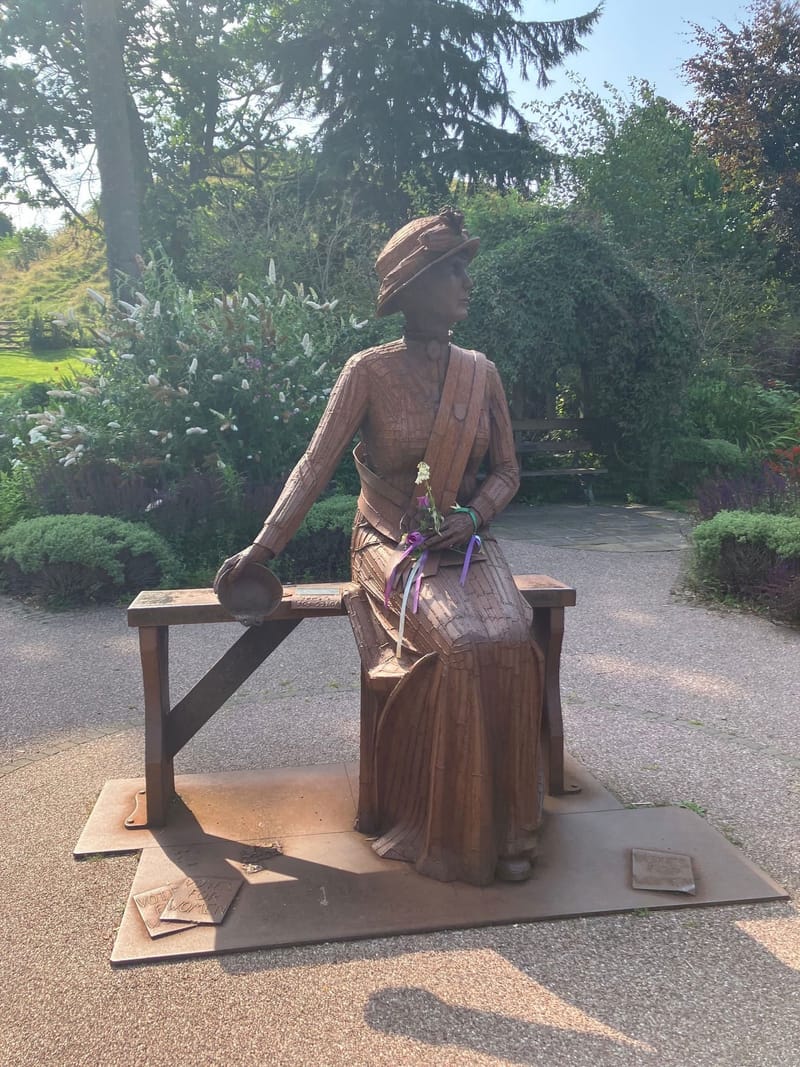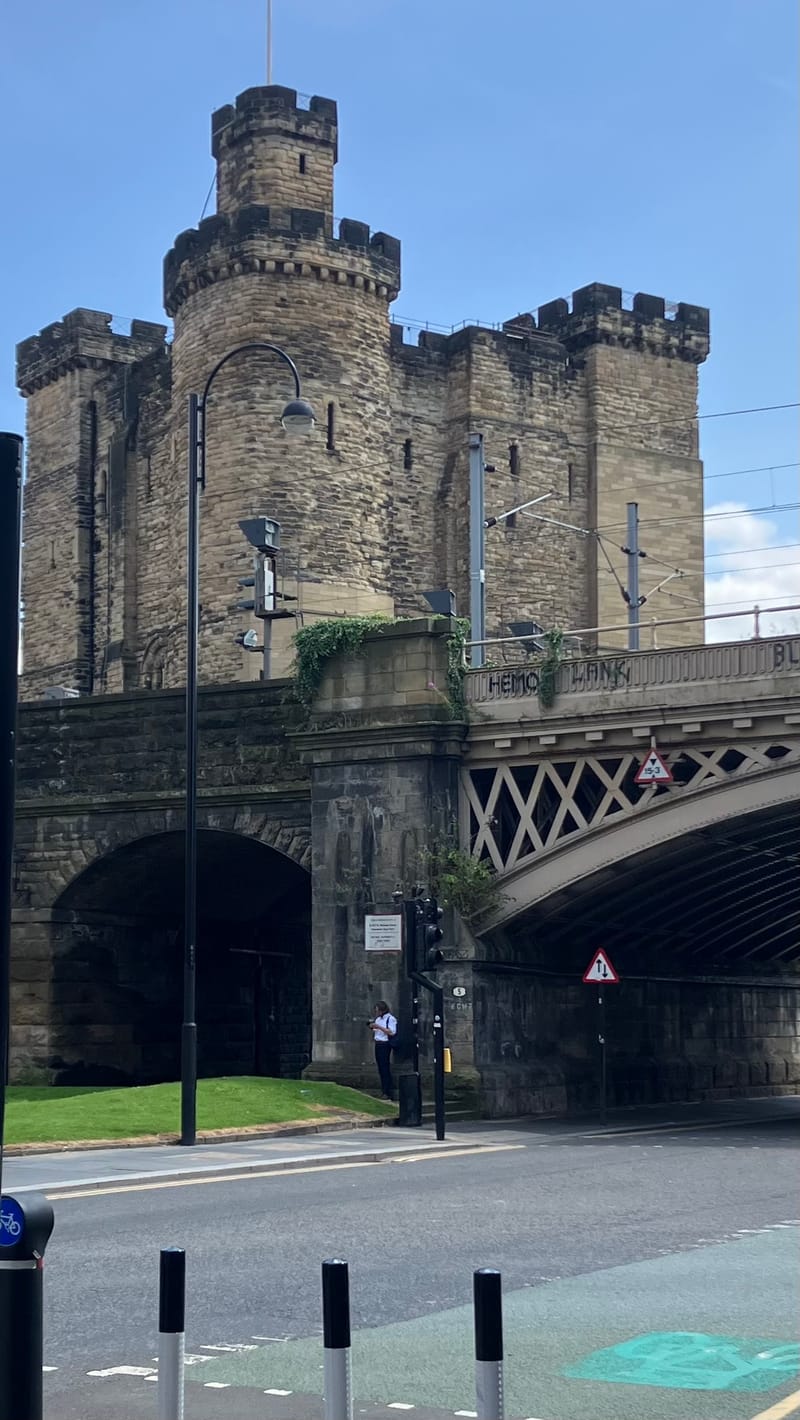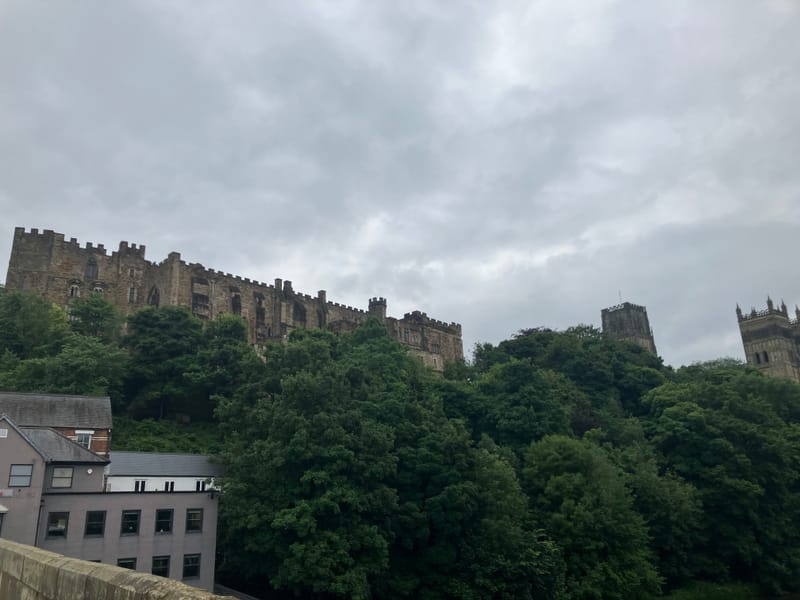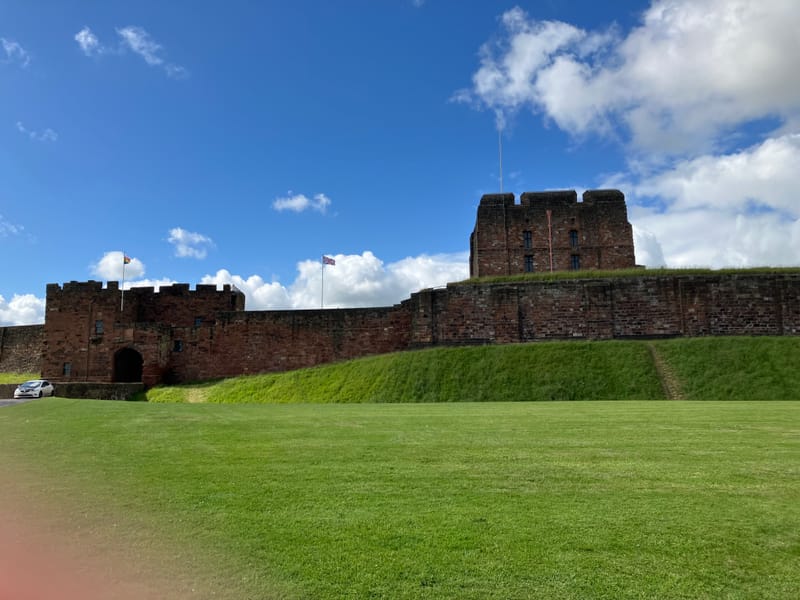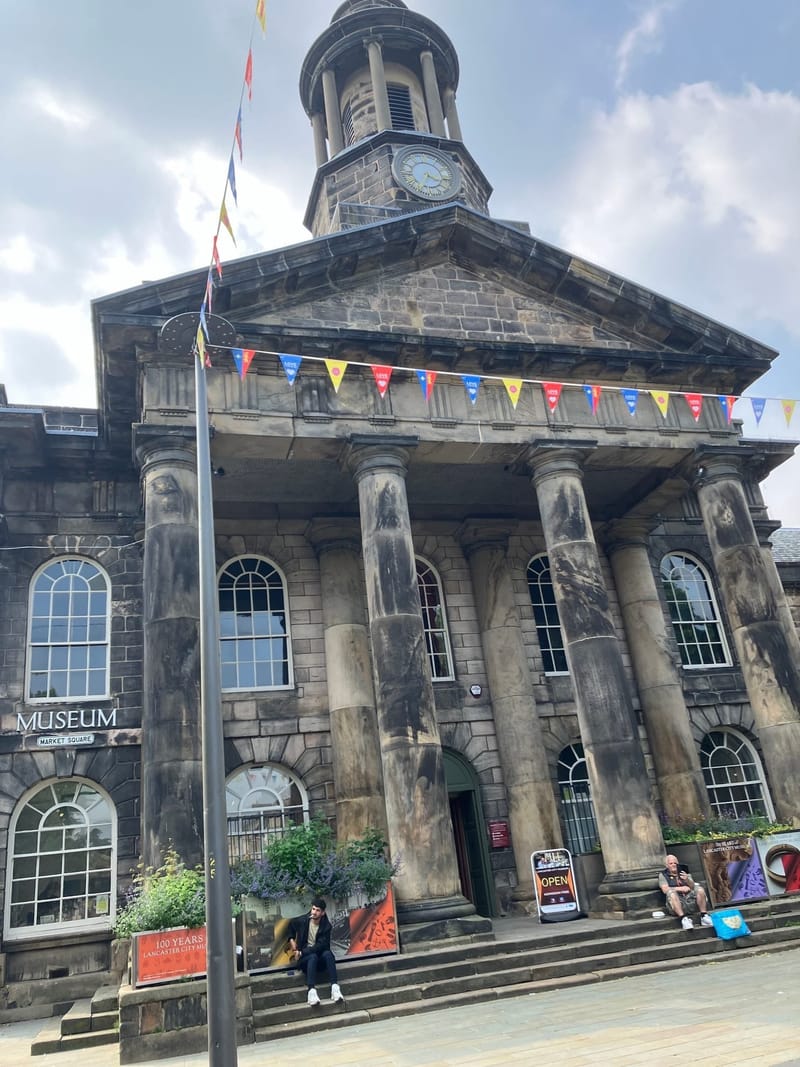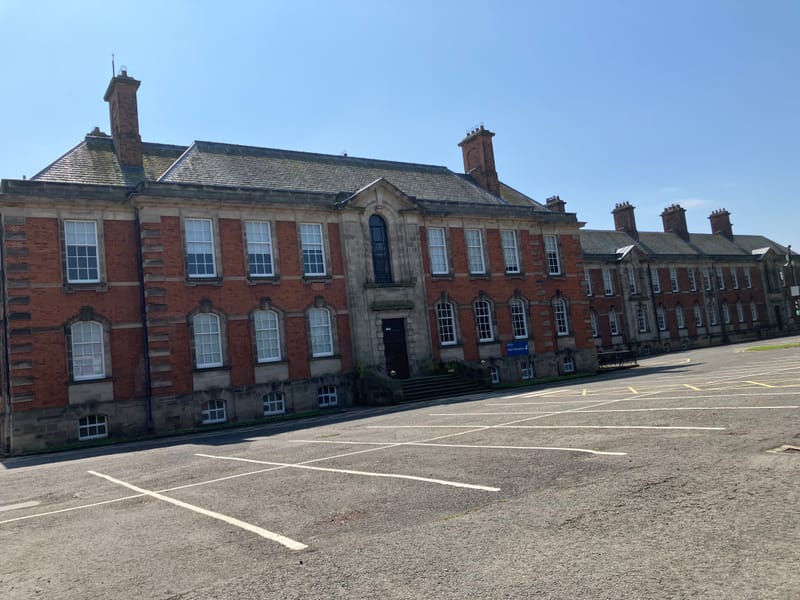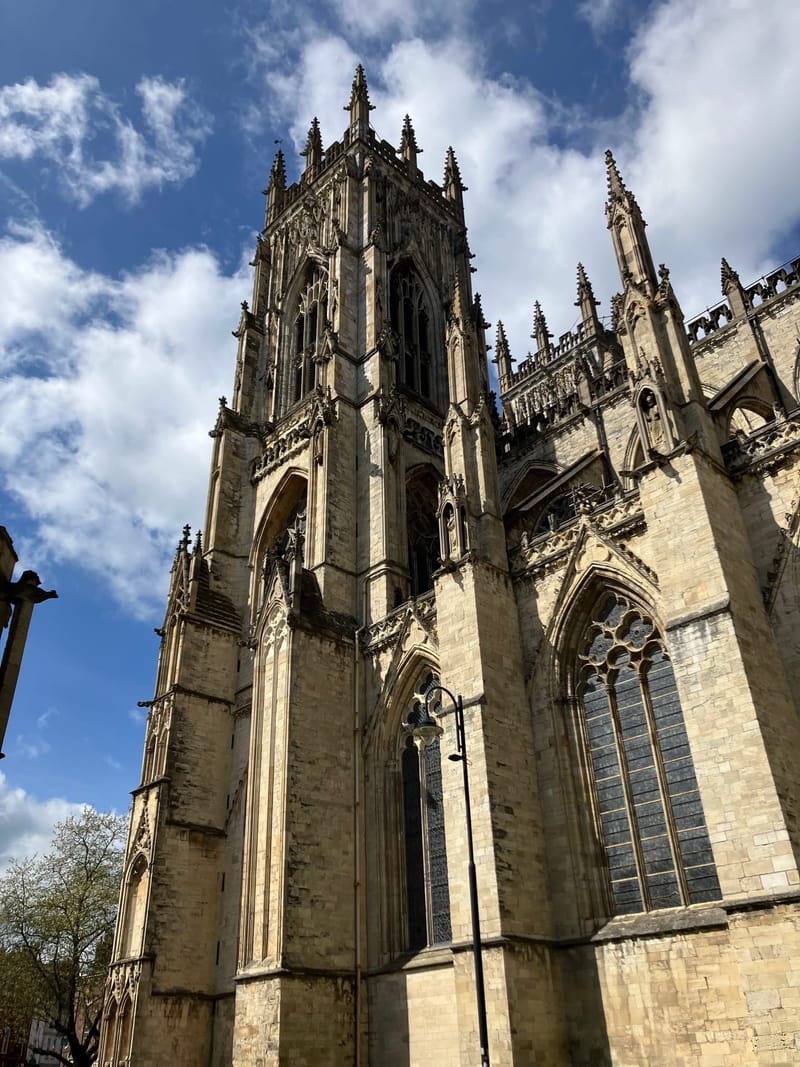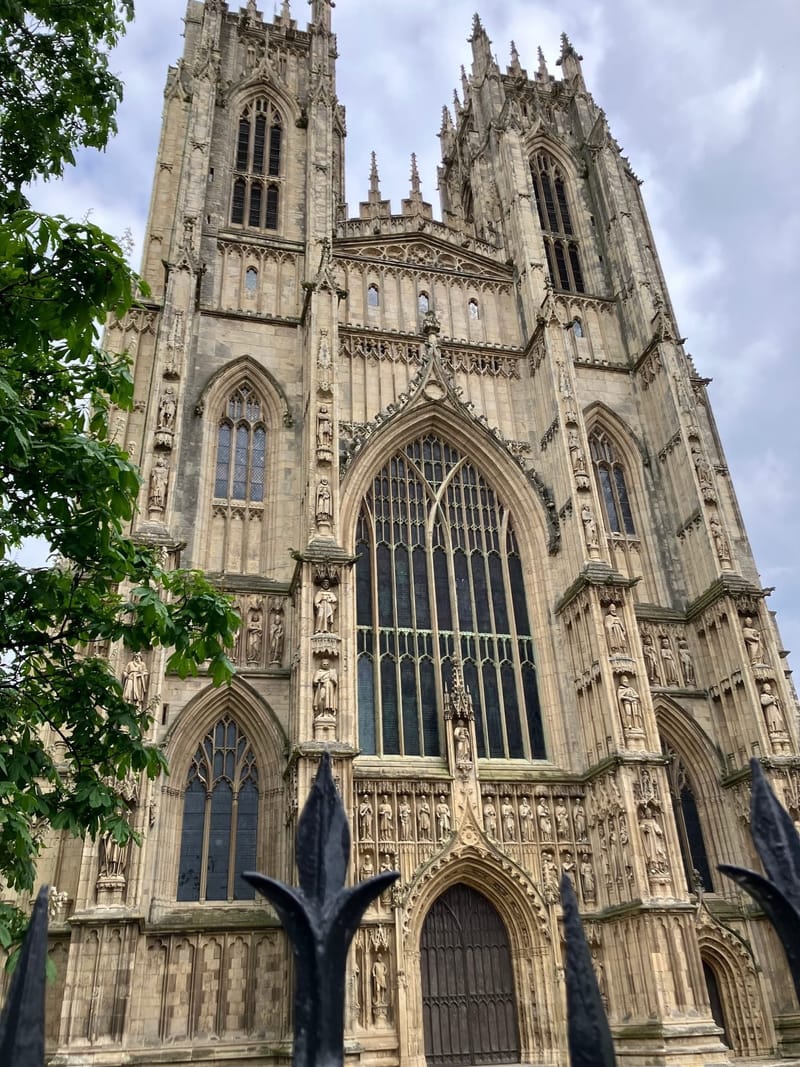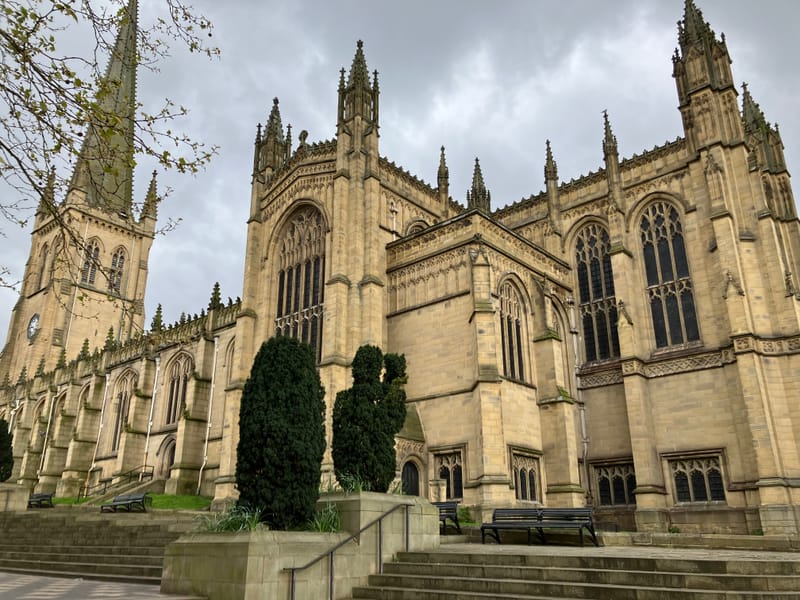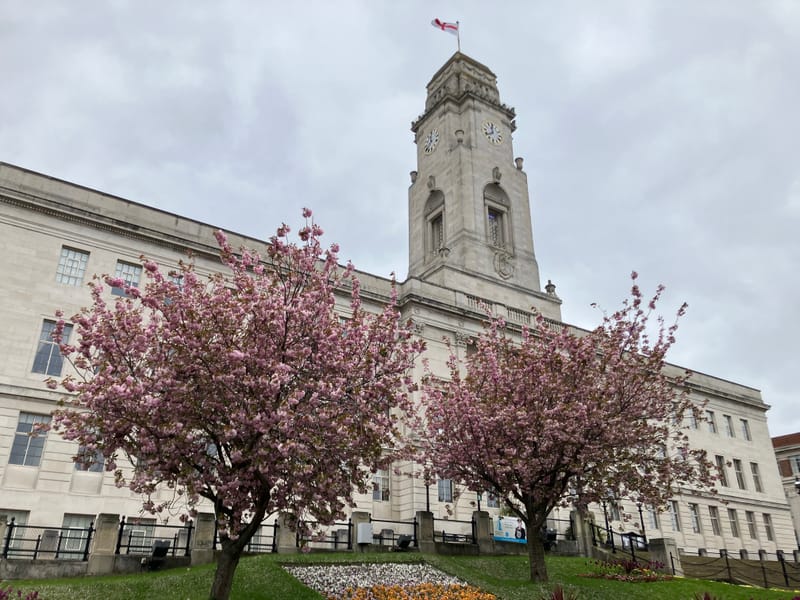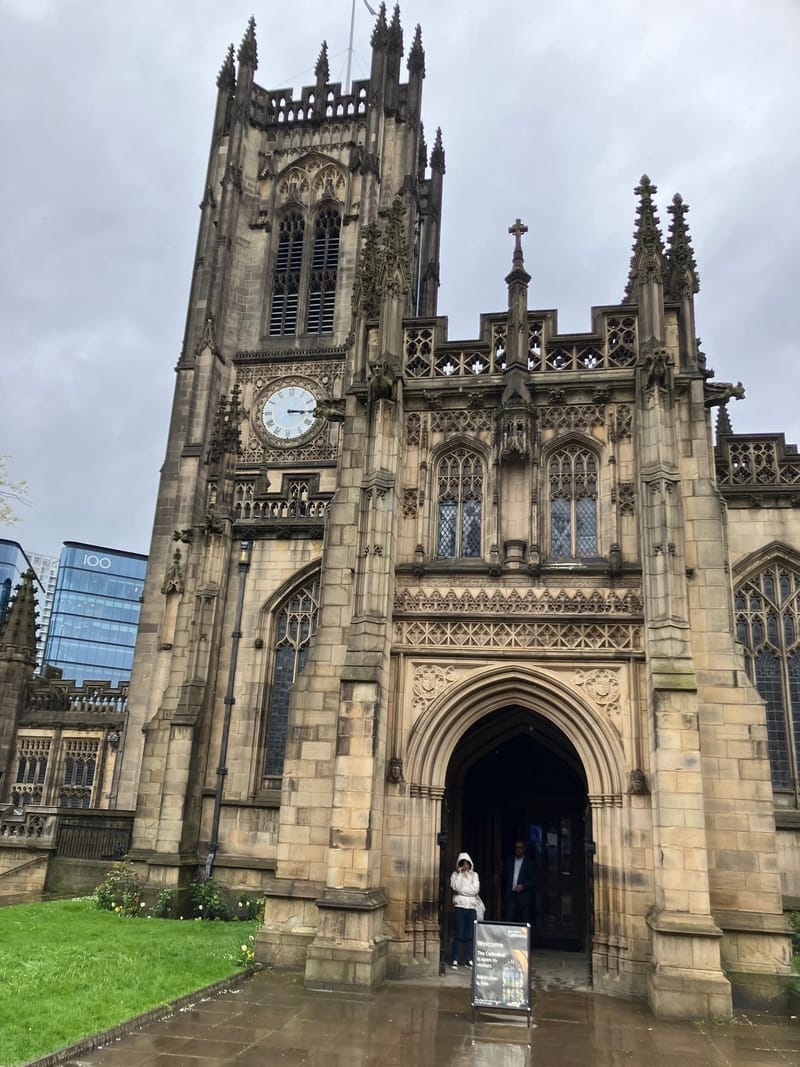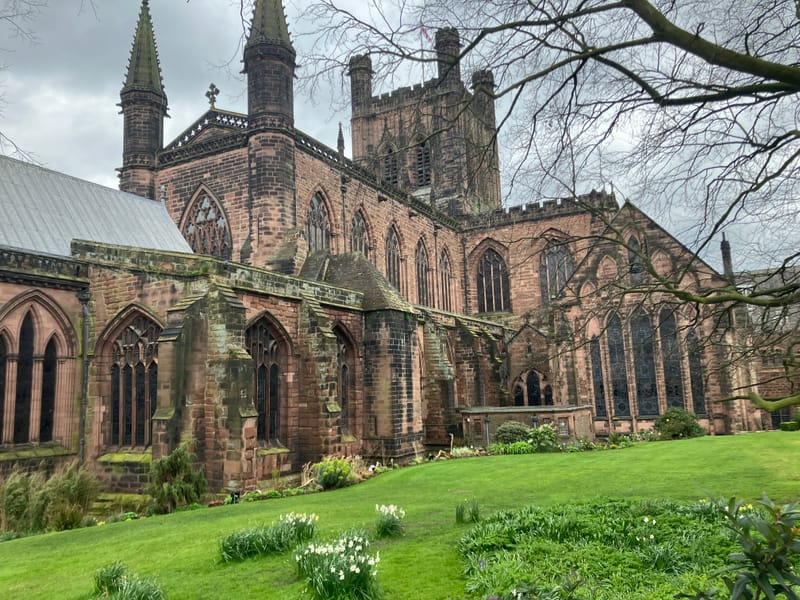Walking the county towns #County Town
NEWCASTLE upon TYNE
Railway passengers over Stephenson’s High-Level Bridge see the 82ft keep of the Norman Castle built in 1172. The Cathedral Church of St Nicholas Current building was begun in 1350 and aquired Cathedral status in 1882
DURHAM
Founded in 995 by Anglo-Saxon monks and built and surrounded by three sides on the River Wear. Seeking a safe place from Viking raids and to house the relics of St Cuthbert, the tomb of which is still in the cathedral which was begun in 1093. Durham castle was built around 1070 on the narrow neck of land which once guarded the approach to the city.
CARLISLE
Once a Roman camp, Luguvalium, and known in the Borderlands as ‘Carel’ was last captured during the Jacobite rising of 1745. The church begun in 1130 became Carlisle’s cathedral in 1133 The castle was begun under William II and later added to by David I when he captured it in the 12th century and later extended by Henry VIII
NORTHALLERTON
The town, which has had a settlement on since Roman times is known as the capital of North Yorkshire. Its position on a major route between Edinburgh and London meant it was an important stopping point for coaches before the railway, but this position also meant it has seen conflict many times over the years, either by William the Conquers avenging forces or from invading Scot’s from North of the border
BARNSLEY
The County Town of South Yorkshire In the Domesday Book 1086 it was called Berneslai. A principle centre for linen- weaving during the 18/19th centuries it grew into an important manufacturing town In 1960 there were 70 collieries within a 15 mile radius of the town centre, the last closing in 1994, although the NUM still has its HQ in the town. George Orwell spent a number of days living in the houses of the miners while researching The Road to Wigan Pier
MANCHESTER
Manchester originates from the Latin Mamucium / Mancini gender Mancunians, originally a Roman camp on the banks of the River Irwell Weaving dates back to the 14th century Flemish weavers and the Industrial Revolution made it the main trading centre for Lancashire cotton, The proximity of coal and the building of the Manchester Ship Canal in 1894 converted the city into an inland port and opened the way for the growth of other industries. The Perpendicular Gothic cathedral is 15th century
CHESTER
A walled city on the River Dee. The Romans established their major camp of Deva in AD 79, to protect the surrounding fertile land from Welsh tribesman. And other marauders. The cathedral is mainly 14th century, and was a Benedictine Abbey until its dissolution in 1540, becoming the cathedral for the new diocese of Chester the following year.
